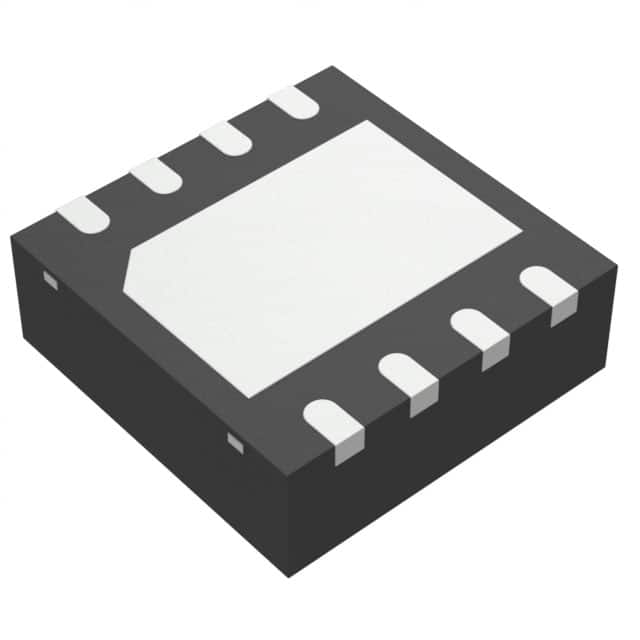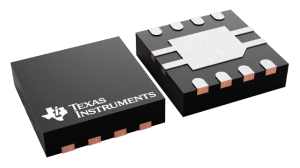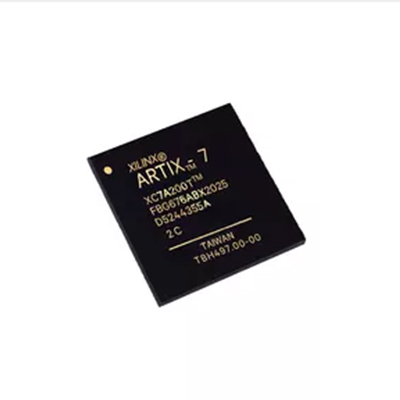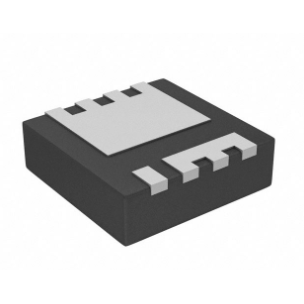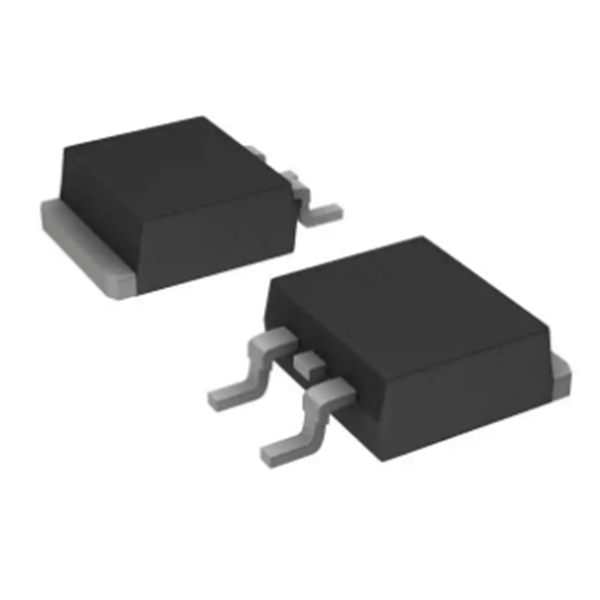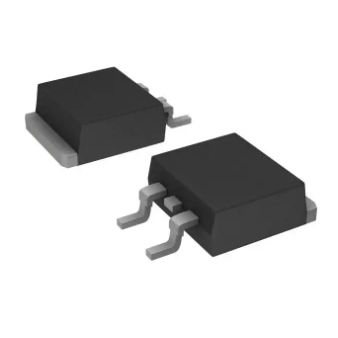Brand new original genuine Integrated Circuits Microcontroller IC stock Professional BOM supplier TPS7A8101QDRBRQ1
Product Attributes
| TYPE | ||
| Category | Integrated Circuits (ICs) | |
| Mfr | Texas Instruments | |
| Series | Automotive, AEC-Q100 | |
| Package | Tape & Reel (TR)
Cut Tape (CT) Digi-Reel® |
|
| SPQ | 3000T&R | |
| Product Status | Active | |
| Output Configuration | Positive | |
| Output Type | Adjustable | |
| Number of Regulators | 1 | |
| Voltage - Input (Max) | 6.5V | |
| Voltage - Output (Min/Fixed) | 0.8V | |
| Voltage - Output (Max) | 6V | |
| Voltage Dropout (Max) | 0.5V @ 1A | |
| Current - Output | 1A | |
| Current - Quiescent (Iq) | 100 µA | |
| Current - Supply (Max) | 350 µA | |
| PSRR | 48dB ~ 38dB (100Hz ~ 1MHz) | |
| Control Features | Enable | |
| Protection Features | Over Current, Over Temperature, Reverse Polarity, Under Voltage Lockout (UVLO) | |
| Operating Temperature | -40°C ~ 125°C (TJ) | |
| Mounting Type | Surface Mount | |
| Package / Case | 8-VDFN Exposed Pad | |
| Supplier Device Package | 8-SON (3x3) | |
| Base Product Number | TPS7A8101 | |
The rise of mobile devices brings new technologies to the fore
Mobile devices and wearable devices nowadays require a wide range of components, and if each component is packaged separately, they will take up a lot of space when combined.
When smartphones were first introduced, the term SoC could be found in all financial magazines, but what exactly is SoC? Simply put, it is the integration of different functional ICs into a single chip. By doing this, not only can the size of the chip be reduced, but the distance between the different ICs can also be reduced and the computing speed of the chip increased. As for the fabrication method, the different ICs are put together during the IC design phase and then made into a single photomask through the design process described earlier.
However, SoCs are not alone in their advantages, as there are many technical aspects to designing an SoC, and when the ICs are packaged individually, they are each protected by their own package, and the distance between us is long, so there is less chance of interference. However, the nightmare begins when all the ICs are packaged together, and the IC designer has to go from simply designing the ICs to understanding and integrating the various functions of the ICs, increasing the workload of the engineers. There are also many situations where the high-frequency signals of a communication chip may affect other functional ICs.
In addition, SoCs need to obtain IP (intellectual property) licenses from other manufacturers in order to put components designed by others into the SoC. This also increases the design cost of the SoC, as it is necessary to obtain the design details of the entire IC in order to make a complete photomask. One might wonder why not just design one yourself. Only a company as wealthy as Apple has the budget to tap top engineers from well-known companies to design a new IC.
SiP is a compromise
As an alternative, SiP has entered the integrated chip arena. Unlike SoCs, it buys each company's ICs and packages them at the end, thus eliminating the IP licensing step and significantly reducing design costs. In addition, because they are separate ICs, the level of interference with each other is significantly reduced.






